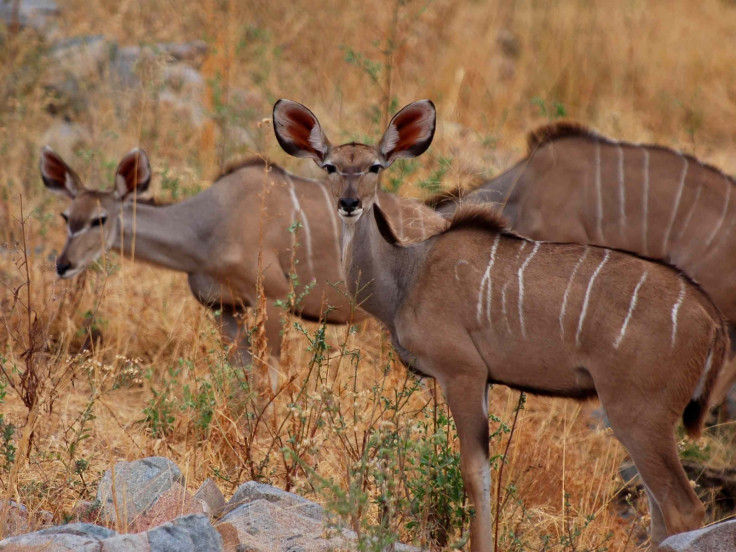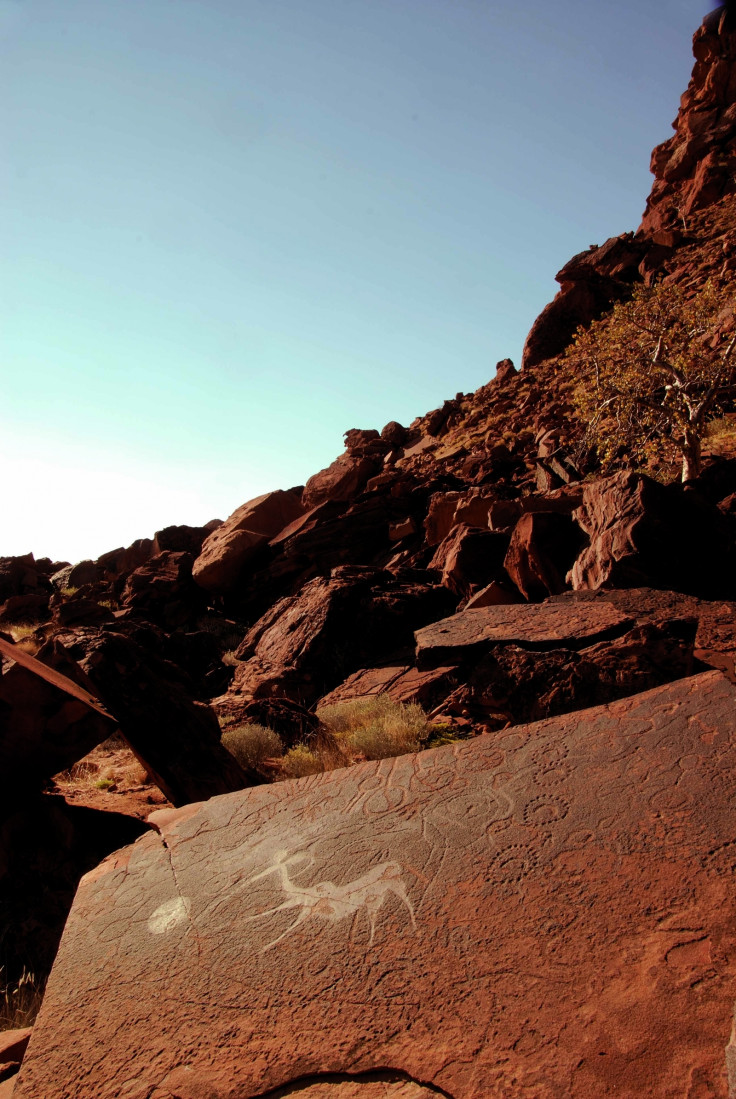Rock art found in Namib Desert reveals ancient initiation rituals led by shamans
The image of the female kudu would have accompanied young girls to womanhood.
In the Namib Desert, a long arid stretch that extends for 2,000 km on the south-western coast of Africa, ancient rock art is revealing tantalising clues about the ancient hunter-gatherer societies that lived in the region thousands of years ago.
The Namib Desert Archaeological Survey is the largest area study ever undertaken in Namibia, documenting evidence of human responses to climatic shifts and the creation of a unique culture in a hyper-arid environment. Among the most remarkable archaeological features that have been investigated is the wealth of art that bears witness to the rich spiritual beliefs of hunter-gatherers and the crucial role played by shamans in their communities.
Perhaps one of the most intriguing engravings is that of a female antelope, known as a kudu. It is no more than 3,000 years old, and in a study now published in the journal Antiquity, archaeologist John Kinahan explains that it's a very important piece of rock art to understand the initiation rituals that took place in the past to help young girls in the transition to womanhood.
"Part of my work in the Namib Desert is to look for evidence of what ceremonies might have taken place here in the past. Forty years ago, I came across this image of a kudu, which is engraved with an unusual technique of rock polishing, and I was struck by it," Kinahan told IBTimes UK. "My recent investigations suggest the female kudu imagery was central to ancient initiation rituals, with this animal acting as a metaphor for positive social values."
The kudu as an example to follow
In the region, young girls in ancient hunter-gatherer societies are thought to have been brought to isolated rock shelters during initiation rituals. There, they were instructed by female relatives about how they should behave as women. The engraved panel on which the kudu is depicted also features images that represent these ritual seclusion shelters used by the young initiates. The archaeologist was also able to identify a stone circle in the vicinity of the rock panel - the remains of one of the shelters.

The study points out that the female kudu on the rock shows an array of ritualistic features. The position it is depicted in resembles the position taken by women when they grind grain and grass seeds and as such, he believes there is a clear parallel to be made between women and kudus.
Furthermore, the kudu is pictured here with a distended belly to indicate pregnancy. This depiction suggests that womanhood was linked to fertility for the ancient people who created the rock art.
"It is possible that the sociable characteristics of the female kudu were given as example to follow to young girls who prepared to become women. Kudus are docile and sociable, they look after the youngsters all together and collaborate without the males. These characteristics were probably seen as desirable for women to have. The female kudu was likely incorporated into the imagery of the initiation ceremony to put girls on the path to womanhood," Kinahan hypothesised.

The archaeologist believes that these ancient initiation rituals can only be understood if they are replaced in the context of the shamanic belief system, which was so important to the ancient hunter-gatherer societies of the Namib desert.
Shamans would have played a crucial role during such ceremonies. It is likely that these powerful figure of authorities were the ones that created the kudu engraving and that led the ceremonies that would have turned young girls into women.
© Copyright IBTimes 2024. All rights reserved.























